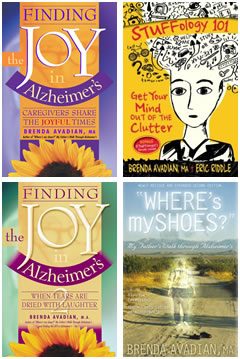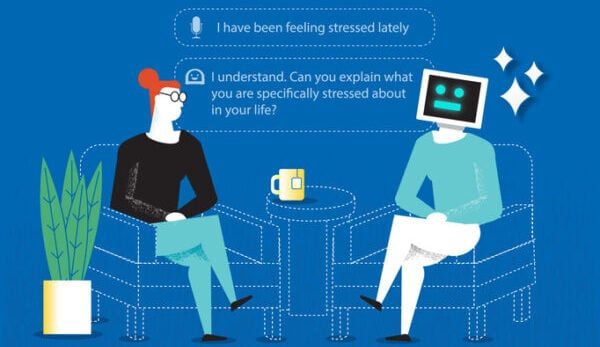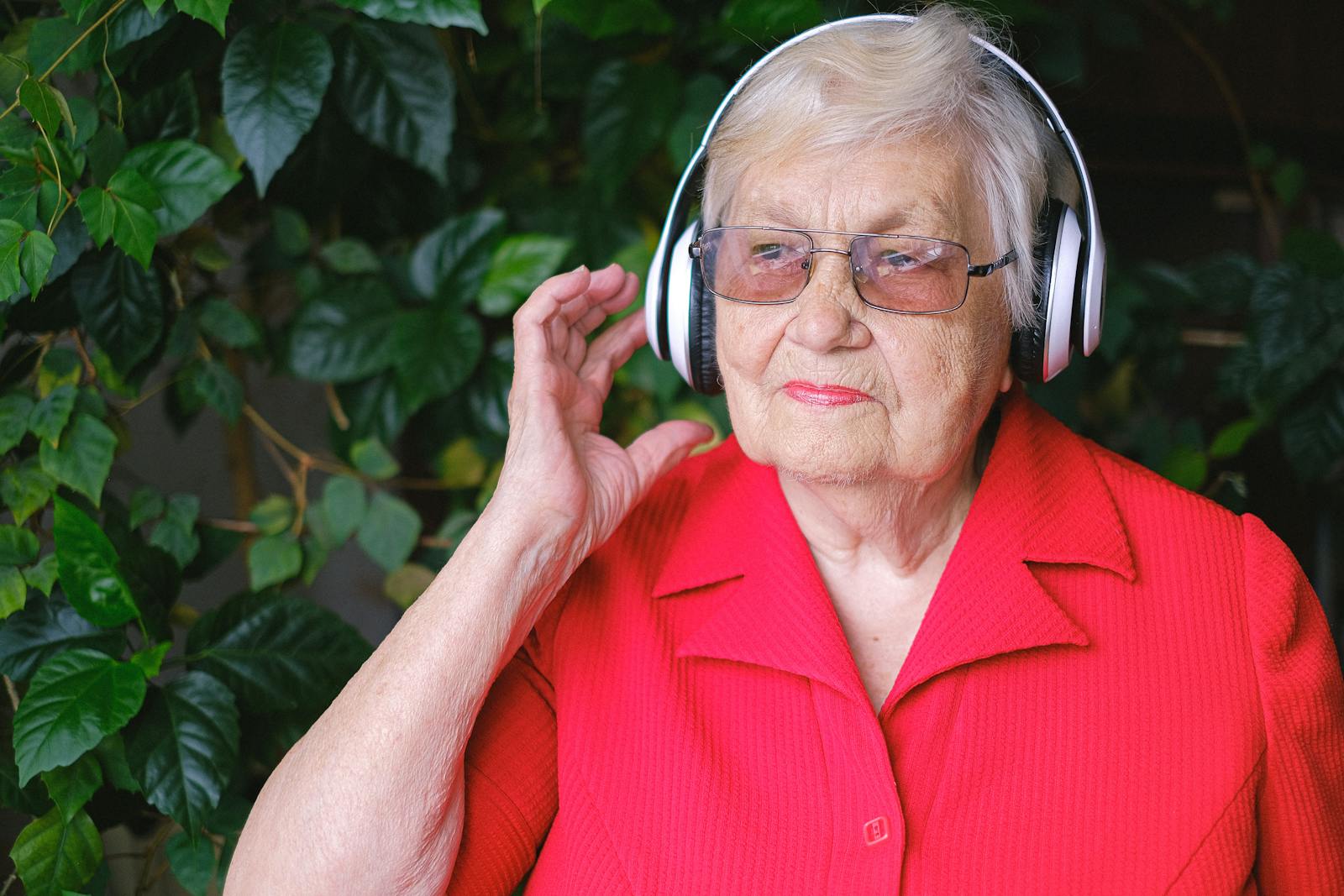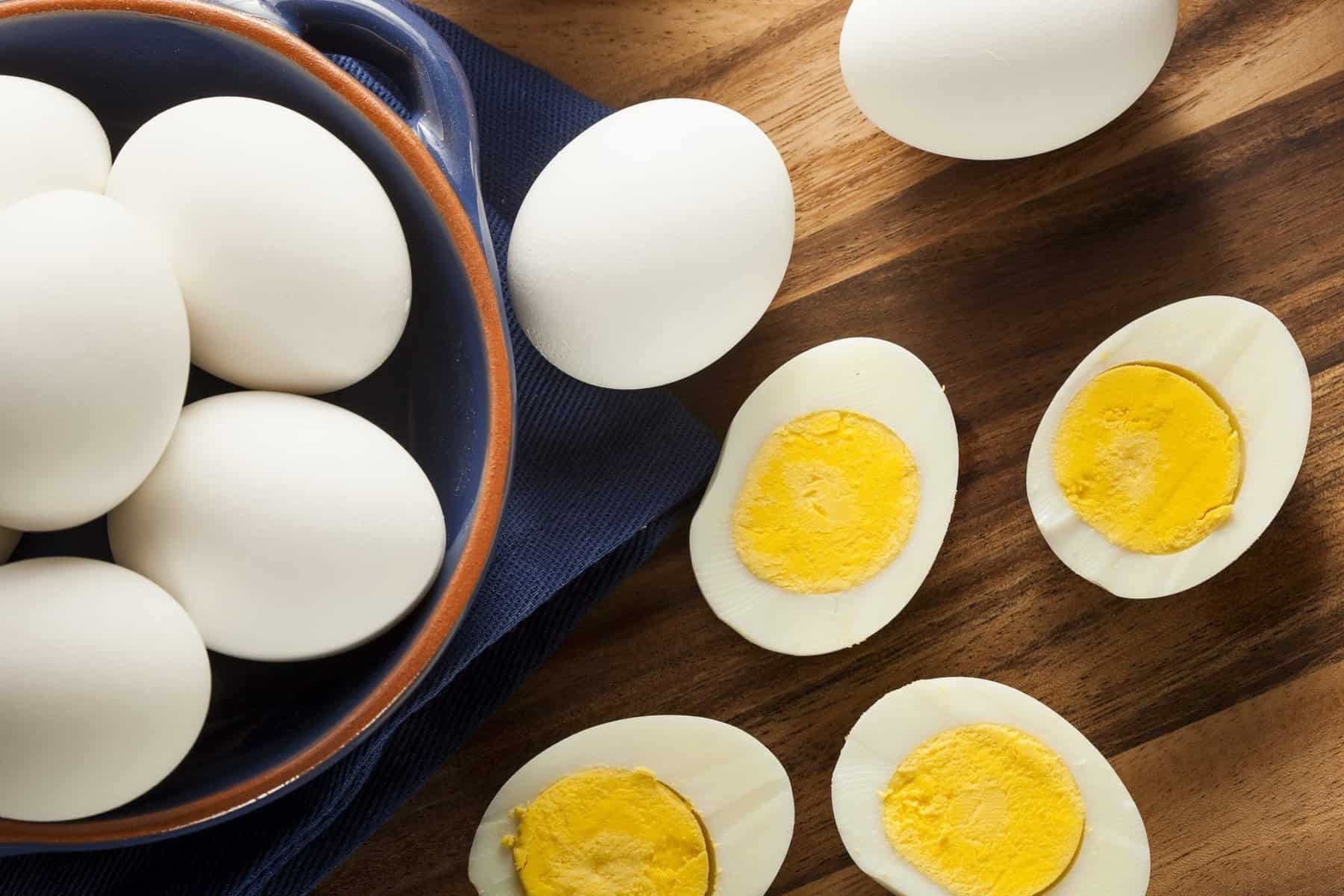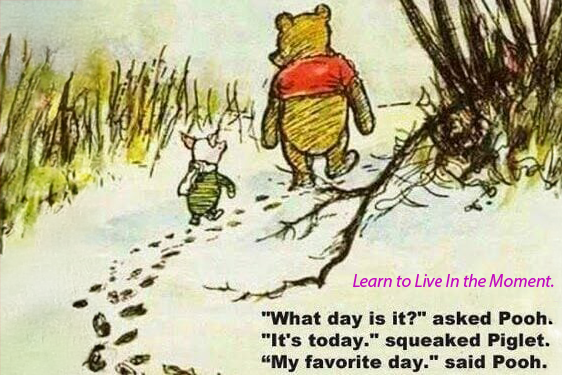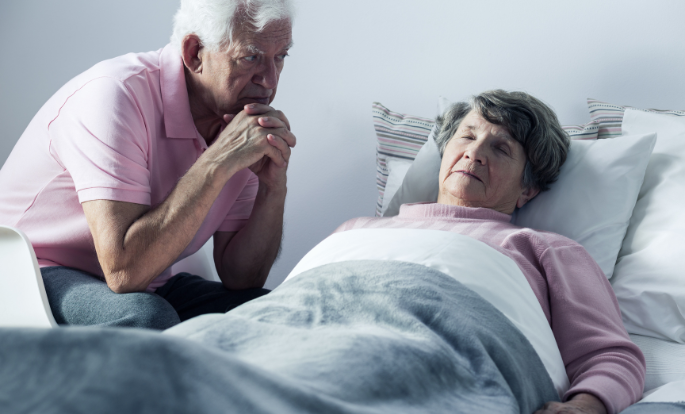By Kelly Malcom
Whether it’s the result of a sports-related injury or simply sleeping wrong, pain is something we can all unfortunately relate to. Pain typically serves a purpose, alerting us that something with our bodies is awry and needs attention or rest.
And while most pain will eventually go away over the course of the healing process, for some people, pain lingers on, becoming chronic.
Afton Hassett, Psy.D, associate professor of anesthesiology and director of Pain and Opioid Research in the University of Michigan Department of Anesthesiology, and her colleagues focus on helping people with chronic pain, which is defined as pain that lasts more than three months.
Pain comes in different “flavors,” explains Hassett:
- Inflammatory pain – This type of pain results from inflammation in the body and is associated with conditions such as rheumatoid arthritis. Treating the pain usually involves use of anti-inflammatory medications.
- Mechanical pain – Imagine the bones in your knee grinding against each other. This type of pain results from issues with the joints, spine, or bodily tissues.
- Neuropathic pain – This is the shooting pain resulting from impingement of a nerve that sends signals to the brain or from a health condition that affects the nerves like diabetic neuropathy.
- Nociplastic pain – This type of pain is different from other types in the sense that it doesn’t require tissue or nerve damage. Instead, nociplastic pain emerges from or is enhanced by the brain itself.
Hassett and her colleagues at the Chronic Pain & Fatigue Research Center at U-M are focused on uncovering the causes of nociplastic pain and better ways to treat it.
“We see this in conditions like fibromyalgia, chronic low back pain, TMJ, migraines… a number of conditions where it appears the brain is playing an outsized role in how the pain is experienced and that requires very different treatment than some of the other types of pain,” she said.
Nociplastic pain is often treated with antidepressant medications, such as duloxetine, but this doesn’t mean the pain is psychological in nature, stresses Hassett.
“These medications act on neurotransmitters in the central nervous system, where nociplastic pain originates.”
Living with chronic pain can, however, affect mood and lead to depression or anxiety, she says, because of how disruptive it can be to normal day-to-day life.
Chronic pain “causes life disruption and even a loss of sense of self for many people and its very normal to have a reaction to that, becoming anxious or depressed. So, we see often that if you treat the pain and it goes away, the depression goes away, too.”
Addressing pain through wellness behaviors
Medications and medical care are only part of the treatment puzzle for chronic pain.
Hassett, author of the recently published book, “Chronic Pain Reset: 30 Days of Activities, Practices and Skills to Help You Thrive,” explains that pain is best addressed through health behaviors that most people can benefit from, whether they have pain or not.
“One of the most important things we see evidence for is getting people moving as soon as their physician says, ‘you are ok to move,’” she said.
“That doesn’t necessarily mean going out to the gym and lifting weights… it means going for a walk regularly, dancing if that’s something you enjoy, do yoga if you like yoga, walk up and down stairs in museums or at the mall–whatever gets you moving is good for you and your chronic pain.”
The second wellness behavior is getting adequate sleep. As many as 80% of people with chronic pain have trouble sleeping, says Hassett.
“It can be hard to sleep when you’re in pain. But a lack of sleep also predisposes us for worse pain.”
Hassett recommends keeping good sleeping habits, which include having a stable bedtime and awakening schedule to prime the body for sleep.
Other tips for handling chronic pain include finding ways to manage stress and negative emotions to increasing positive emotions through doing activities you enjoy or even keeping a gratitude journal.
It’s also important to take stock of your relationships.
“The quality of our relationships can contribute to our experience of pain. If we’re in toxic relationships where we feel unsafe, hurt, or unloved, our pain and general health tend to be worse. If our relationships are kind, loving and supportive, our health tends to be much better, including our pain.”
Hassett and her colleague Dan Clauw, M.D., are currently investigating how to better tailor pain relief approaches to individual patients.
“Each treatment that we currently have only works well for about a third of patients who try it,” explained Hassett.
“What we don’t know is who will respond to what treatment and why. The dream is to be able to consider a patient, plug their unique characteristics into an algorithm and have a much better sense of what treatment would be most helpful.”
But, relieving chronic pain, much like other chronic illnesses such as diabetes or high blood pressure, involves activities a patient can do themselves.
“The more that a person with chronic pain understands the reasons why a treatment might work, the more likely they are to do it. If getting a little exercise, improving sleep habits and other actions like reducing stress by doing fun things, make sense and are adopted as new habits, the better their treatment outcomes are going to be.”
For more information on pain, pain-causing conditions, and therapies, visit U-M’s Pain Guide.
—
This post was previously published on michiganmedicine.org under a Creative Commons License.
***
From The Good Men Project on Medium
 What Does Being in Love and Loving Someone Really Mean?
What Does Being in Love and Loving Someone Really Mean?  My 9-Year-Old Accidentally Explained Why His Mom Divorced Me
My 9-Year-Old Accidentally Explained Why His Mom Divorced Me  The One Thing Men Want More Than Sex
The One Thing Men Want More Than Sex  The Internal Struggle Men Battle in Silence
The Internal Struggle Men Battle in Silence ***

Join The Good Men Project as a Premium Member today.
All Premium Members get to view The Good Men Project with NO ADS.
A $50 annual membership gives you an all access pass. You can be a part of every call, group, class and community.
A $25 annual membership gives you access to one class, one Social Interest group and our online communities.
A $12 annual membership gives you access to our Friday calls with the publisher, our online community.
Register New Account
Log in if you wish to renew an existing subscription.
Username
First Name
Last Name
Password
Password Again
Choose your subscription level
- Yearly - $50.00 - 1 Year
- Monthly - $6.99 - 1 Month
Credit / Debit Card PayPal Choose Your Payment Method
Auto Renew
Subscribe to The Good Men Project Daily Newsletter By completing this registration form, you are also agreeing to our Terms of Service which can be found here.Need more info? A complete list of benefits is here.
—–
Photo credit: Sasun Bughdaryan on Unsplash
The post What to Do When Pain Lingers appeared first on The Good Men Project.
Original Article

